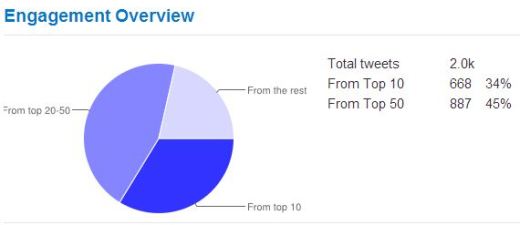If you use Facebook, you’ve been there. Either you post a goofy picture that you THINK is only going to your ‘Close Friends’ and it ends up being shared with the world, or someone tags you in a photo that goes public when they didn’t intent it to. It’s long been a problem for Facebook users, and it speaks to how incredibly convoluted and confusing the privacy settings are on the site.
Well yesterday, it seems Randi Zuckerberg, Mark’s sis, got stung as well. She posted a pic of her family having wild reactions to seeing the Poke app on their smartphones.
She meant to post it privately to her Facebook wall, and that’s what she thought she was doing. It turns out with the way her privacy settings are set, she apparently didn’t realize that her subscribers could see the pic.
And one of them did, and posted it on Twitter. And then Randi went apeshit. And then a LOT of people pointed out the irony that facebook’s privacy settings are so confusing that even Zuck’s sis can’t figure them out. After much teeth-gnashing, finally this happened:
In social-media circles, we call this a ‘tone-deaf response’. To be fair, we probably shouldn’t be sharing her photo, even if she did (unwittingly) make it public. And I’ve shared it twice now on Facebook via articles that included it, so if that makes be an indecent human being, then I guess I’ll have to take the blame for that.
But I don’t think people are sharing Randi’s photo because they are indecent people that are trying to hurt or embarrass Randi. I think they are sharing Randi’s photo to back up what they have been saying for a while now: That Facebook’s privacy settings ARE damn confusing!
The big problem I have with Randi’s response is that she’s placing the blame on others for sharing her photo, and not on her brother for creating a site that has such confusing privacy settings. By blaming others to the point of lecturing them on human decency, all she is doing fanning the flames of a her self-created firestorm, and making it obvious to Facebook’s users that she either doesn’t understand their concerns over the site’s privacy settings, or she doesn’t care.
On the other hand, if she had laughed this off with something like ‘Wow, guess it’s time to talk to my brother about making those privacy settings less confusing!’, it would have garnered her a lot of goodwill with FB users, and likely would have resulted in far less sharing of the photo.
Remember, it’s not the initial action that determines the social media crisis, it’s how you respond to it.
Again, I totally get why Randi is upset about her photo being shared when she didn’t want it to be. But I don’t think she understands why people are sharing it, and that’s where the disconnect lies.













